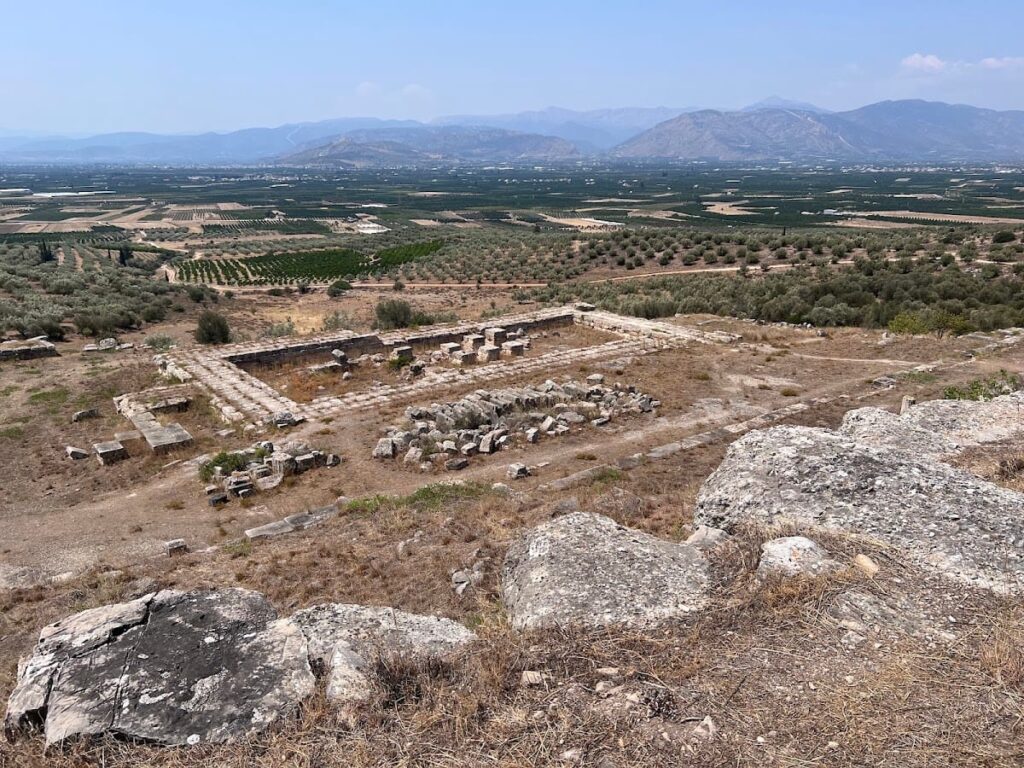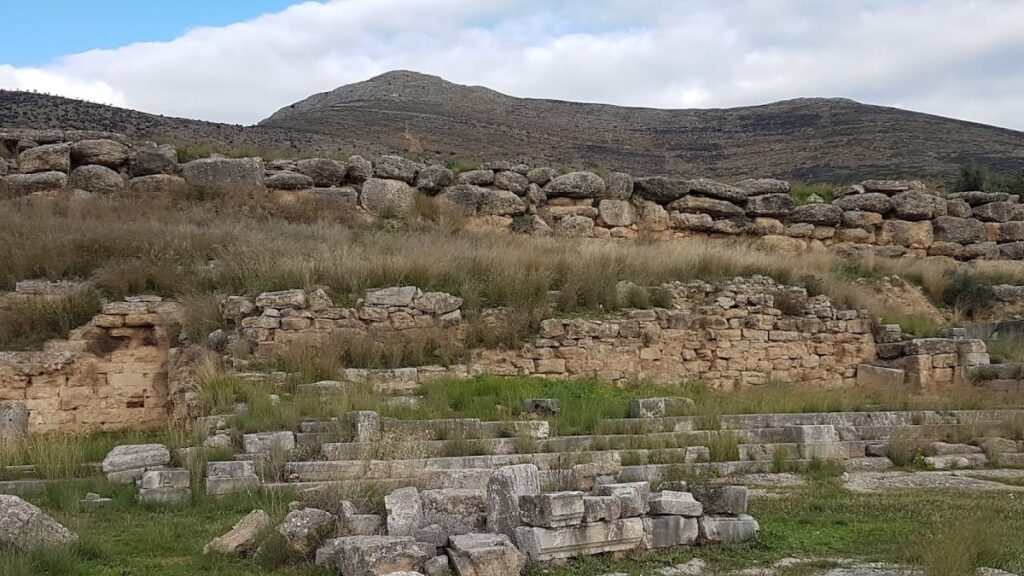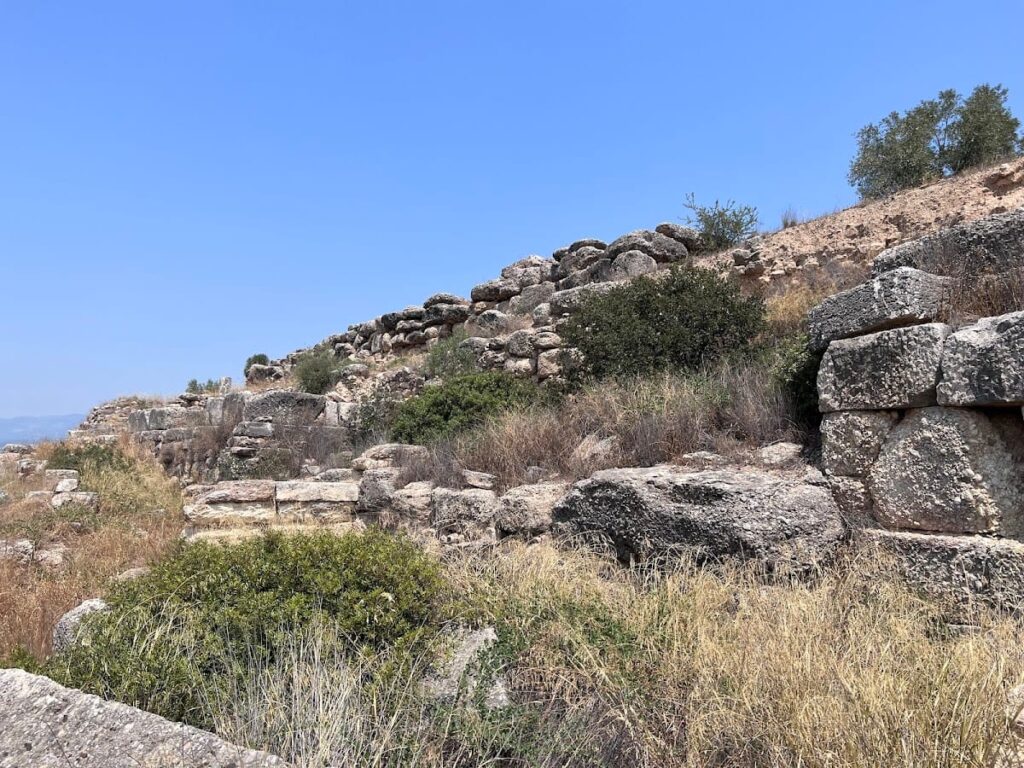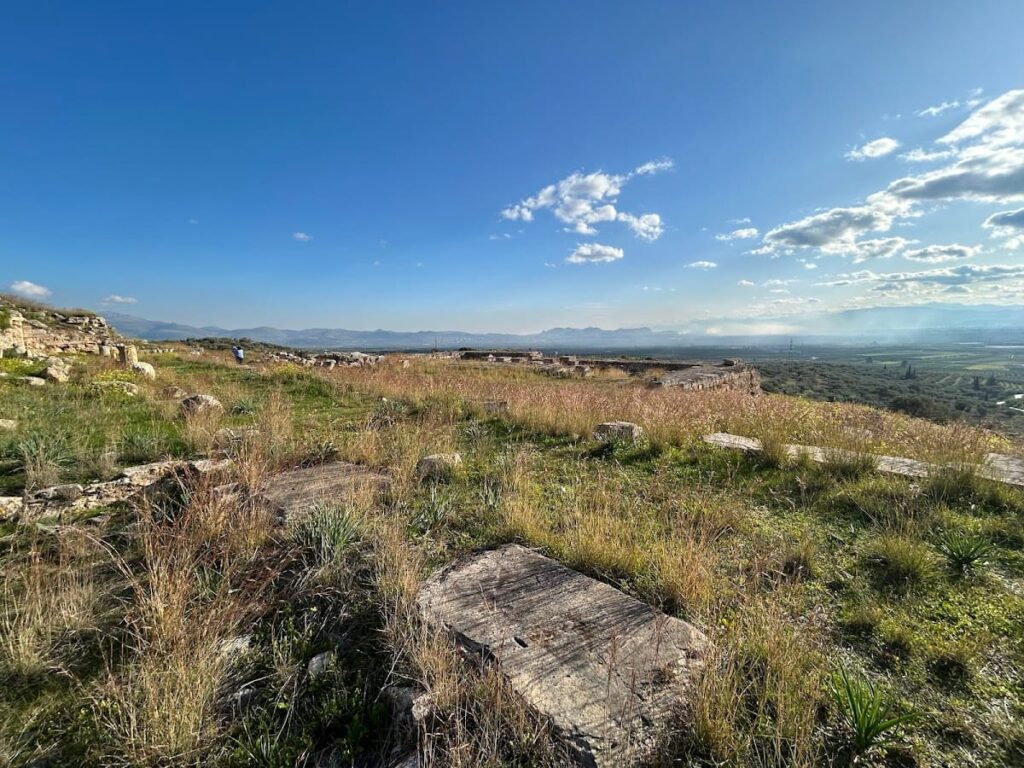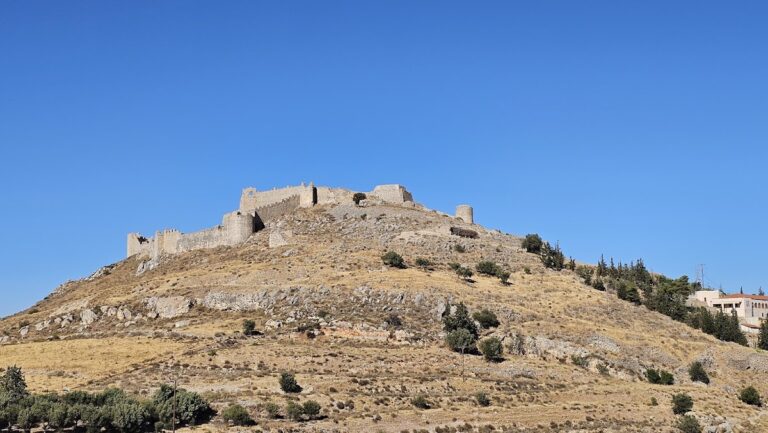Heraion of Argos: An Ancient Sanctuary Dedicated to Hera in Greece
Visitor Information
Google Rating: 4.5
Popularity: Low
Google Maps: View on Google Maps
Official Website: odysseus.culture.gr
Country: Greece
Civilization: Greek, Roman
Remains: Religious
History
The Heraion of Argos is an ancient sanctuary located northeast of the city of Argos in the Argive Plain of Greece. It was built by the Argive and dedicated to the goddess Hera, worshipped here as “Argive Hera.” Hera’s connection to Argos is well established in early Greek literature, including Homer’s Iliad, where she claims to protect Argos along with Sparta and Mycenae. The sanctuary’s location near Mycenae and Midea ties it to the Mycenaean civilization, linking Argos to the prestige of this earlier Bronze Age culture.
The site shows evidence of use from the Neolithic period through the Late Helladic (Mycenaean) era. Nearby are Mycenaean chamber tombs and a tholos, a beehive-shaped tomb, indicating the area’s sacred significance. However, continuous use of the site from the Bronze Age into the Greek Dark Age is uncertain. The sanctuary itself was formally established in the 8th century BCE as a shared religious center for communities across the Argive Plain, serving both worship and political functions.
During the Archaic and Classical periods, the Heraion grew in importance. It functioned as a meeting place and symbol of unity for the Argive communities. In 460 BCE, Argos expanded its territory by conquering nearby cities including Mycenae, Tiryns, and Midea. A notable event occurred in 423 BCE when the Old Temple was destroyed by fire, caused accidentally by a priestess named Khrysis, as recorded by the historian Thucydides.
Following the fire, a new temple was constructed between 420 and 410 BCE. This Classical temple was designed by the Argive architect Eupolemos and reflected the Doric style popular at the time. The sanctuary continued to be an active religious site through the Roman period. However, it likely ceased operation during the late Roman Empire when pagan cults were suppressed.
Remains
The sanctuary is built on two terraces on the lower slopes leading to Mount Euboea. A massive retaining wall made of large stones, known as Cyclopean masonry, supports the upper terrace called the Old Temple Terrace. This terrace measures about 56 by 34 meters and partly cuts into the natural rock, imitating the style of Mycenaean construction.
The earliest temple, dating to the early 7th century BCE, was a peripteral structure, meaning it was surrounded by columns. Only the southern stylobate, the base for the columns, survives. The interior layout of this Old Temple remains unclear due to limited remains.
After the fire in 423 BCE, a new Doric temple was built from limestone between 420 and 410 BCE. It featured six columns on the short sides and twelve on the long sides. Inside, the temple had a pronaos (front porch), a cella (main chamber) housing a chryselephantine statue of Hera made of gold and ivory by the sculptor Polykleitos, and an opisthodomos (rear room). Nearby stood statues of Hera’s daughter Hebe by Naukydes and a wooden cult statue brought from Tiryns in 468 BCE.
Two stoas, or covered walkways, are part of the sanctuary. The large North Stoa, dating from the late 7th to 6th century BCE, measures 62.1 by 9.2 meters. The smaller North-East Building, from the mid-6th century BCE, measures 20.6 by 6.9 meters. A West Building with a peristyle (a columned porch) and rooms furnished with couches and tables likely served as a dining and social space, dating to the late 5th century BCE or later.
A monumental southern staircase and a Doric double-columned stoa were added in the 5th century BCE. These structures facilitated processions from Argos to the sanctuary. East of the temple, a long altar was constructed during the Hellenistic period. A stoa-like hall divided into four aisles, resembling the Eleusinian Telesterion (a hall used for mystery rites), was built in the mid-5th century BCE.
On the lower terrace’s west side lies a quadrangular building with a central courtyard and three rooms furnished with couches and tables. This is interpreted as a symposium hall, a place for social gatherings. Nearby is a 5th-century BCE stoa with a large terrace.
Water sources near the sanctuary include the Eleutherion stream, used for purification rituals, and the Kanathos spring, which held sacred status in local myths and was used for ritual bathing.
Archaeological finds at the site include numerous votive offerings such as figurines, seals, amulets, and bronze hydriai (water jars) inscribed as prizes for sacred games. These reflect Hera’s roles as protector of family, marriage, and the state. The sanctuary’s proximity to Mycenaean tombs and a tholos connects it to earlier sacred landscapes.
During the Roman period, the sanctuary was respected and preserved. Additional Roman-era buildings, including a gymnasium and therapeutic baths, were constructed west of the sanctuary, indicating continued use of the area for public and religious purposes.
